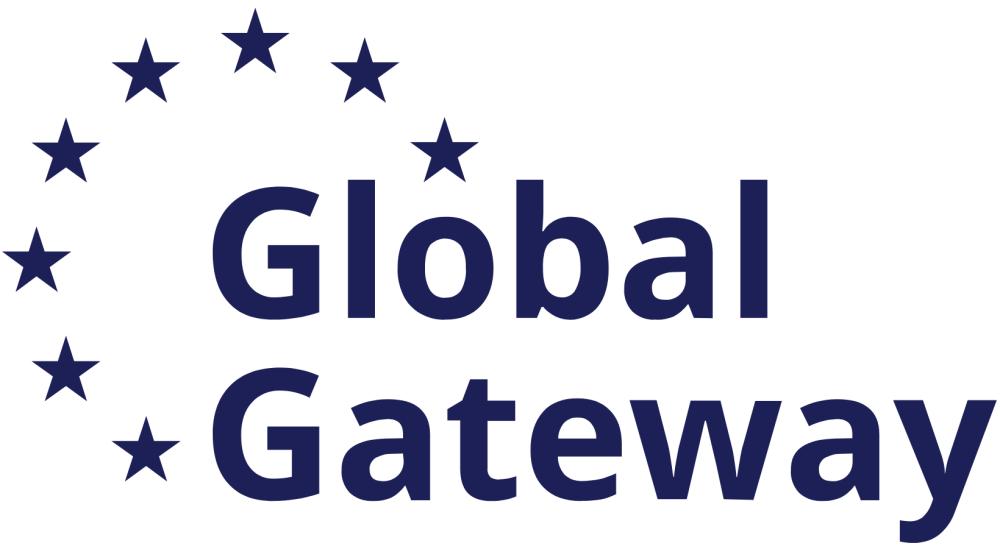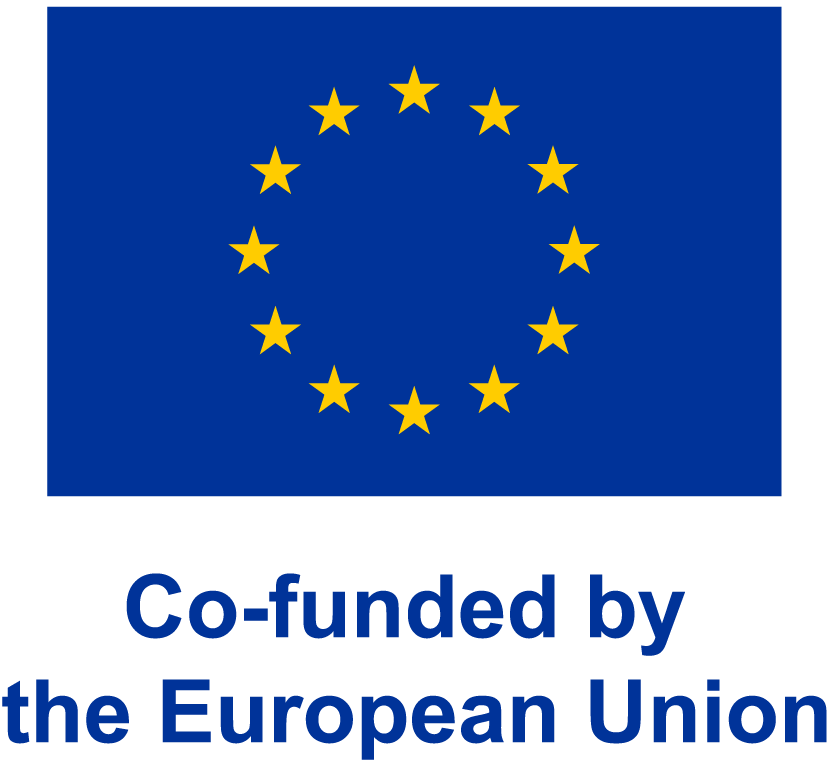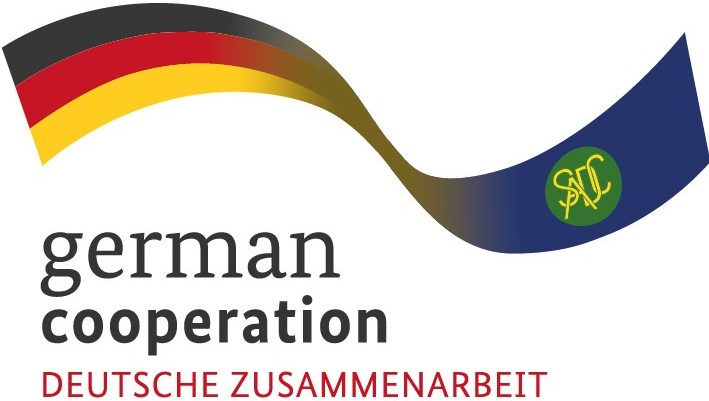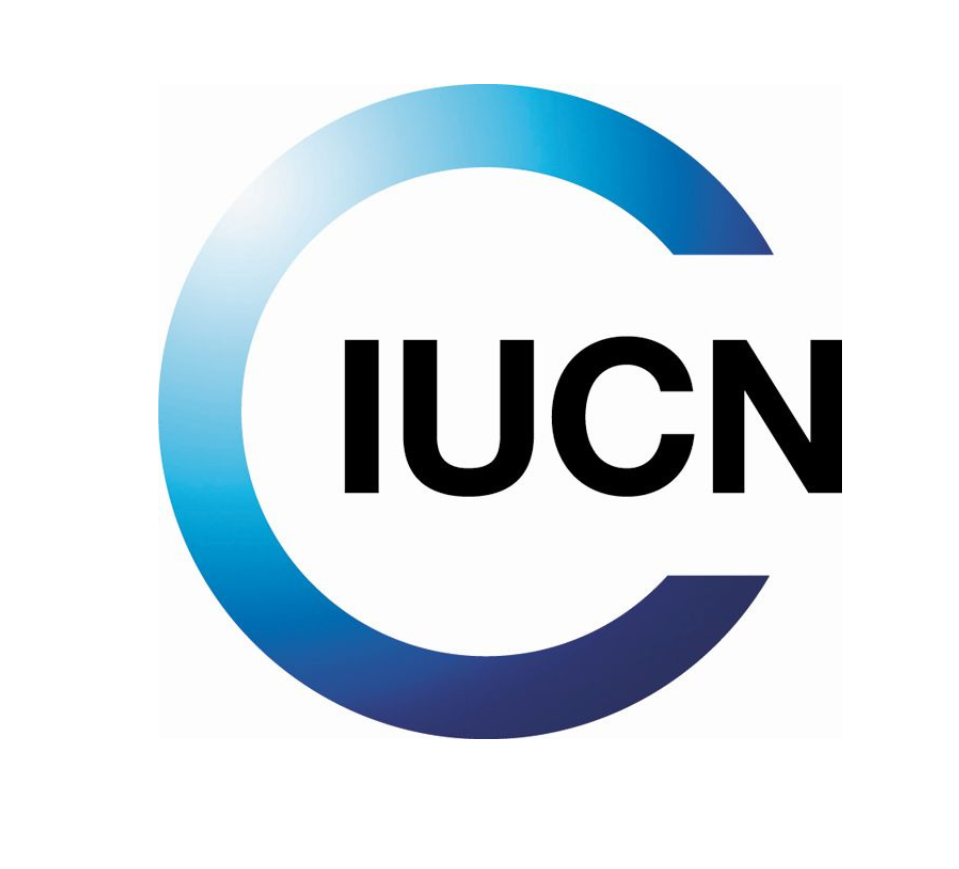 Translate
Translate
News
SADC TFCAs: Showcasing a Model for Sustainable Development at the 2025 G20
24 July 2025
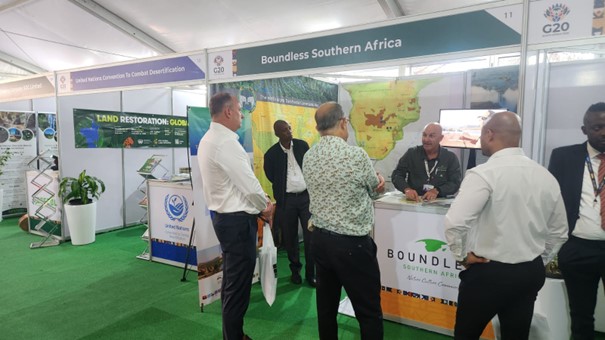
From 13 - 17 July 2025, the Southern African Development Community (SADC) presented its pioneering Transfrontier Conservation Areas (TFCAs) model at the G20 Environment and Climate Sustainability Working Group in Skukuza, South Africa. The Boundless Southern Africa exhibition and inputs made by SADC at the meeting under the theme of, “SADC Transfrontier Conservation Areas: A Model for Sustainable Regional Development, Peace, and Security”, builds on the momentum of the recent SADC TFCA 25th Anniversary Summit.
Covering 1.2 million square kilometres across 14 transboundary landscapes, SADC TFCAs stand as a globally recognised example of conservation-driven regional integration. They safeguard biodiversity, enhance climate resilience, support rural livelihoods, and promote peacebuilding across borders.
South Africa, as the G20 host, shares six TFCAs with neighbouring countries, including the first TFCA; Kgalagadi Transfrontier Park, established in 1999. This park and others like it showcase the power of cross-border cooperation to protect ecosystems and foster socio-economic development.
A significant pillar behind these successes has been the sustained support from the European Union and the German Government. Through long-term partnerships, technical assistance, and financing, these partners have played a crucial role in strengthening governance, building local capacities, and promoting innovative funding mechanisms for conservation.
The presence of the SADC TFCA program highlighted SADC’s TFCAs’ contributions to achieving global goals such as the Sustainable Development Goals (SDGs) and the Kunming-Montreal Global Biodiversity Framework. Participants heard insights on water resource protection, community-led development, and the importance of ecological integrity. Mr Sydney Nkosi, Deputy Director General – Biodiversity of the South African Department of Fisheries, Forestry and Environment noted that “SA is proud to be part of the SADC TFCA Programme and valued the opportunity to let G20 Environment colleagues know about TFCAs. Especially given that we are meeting in the Great Limpopo TFCA. SADC TFCAs cover 7% of the regions land and are a major contributor to the 30x30 conservation target and provide ecological services in major river basins.”
Complementing the SADC inputs under the G20 theme 1 – Biodiversity and Conservation, the week-long exhibition illustrated how TFCAs create new tourism routes, protect regional and global biodiversity assets, improve water security, and uplift local livelihoods. This showcase aims to raise awareness and foster stronger support for transboundary conservation as a catalyst for sustainable development. A highlight was the visit by the Mr Naren Singh, the Deputy Minister of DFFE and discussion with Steve Collins the SADC TFCA Network Coordinator at the exhibition area.
This G20 event offered an opportunity to reflect on 25 years of TFCA successes and lessons learned, while looking ahead to new investment and partnership opportunities. It underscored SADC’s commitment to fostering a dynamic TFCA Community of Practice (CoP) that unites diverse stakeholders.
At a time of urgent environmental challenges, the SADC TFCA model – made possible with from a partnership programme between the SADC Secretariat, the European Union and the German Government through the Joint Action NaturAfrica / Climate Resilience and Natural Resource Management (C-NRM) Programme demonstrates the potential of regional cooperation and community engagement to build resilient and prosperous landscapes. By sharing these experiences globally, SADC continues to position transfrontier conservation as a key contributor to a sustainable, inclusive future.
Covering 1.2 million square kilometres across 14 transboundary landscapes, SADC TFCAs stand as a globally recognised example of conservation-driven regional integration. They safeguard biodiversity, enhance climate resilience, support rural livelihoods, and promote peacebuilding across borders.
South Africa, as the G20 host, shares six TFCAs with neighbouring countries, including the first TFCA; Kgalagadi Transfrontier Park, established in 1999. This park and others like it showcase the power of cross-border cooperation to protect ecosystems and foster socio-economic development.
A significant pillar behind these successes has been the sustained support from the European Union and the German Government. Through long-term partnerships, technical assistance, and financing, these partners have played a crucial role in strengthening governance, building local capacities, and promoting innovative funding mechanisms for conservation.
The presence of the SADC TFCA program highlighted SADC’s TFCAs’ contributions to achieving global goals such as the Sustainable Development Goals (SDGs) and the Kunming-Montreal Global Biodiversity Framework. Participants heard insights on water resource protection, community-led development, and the importance of ecological integrity. Mr Sydney Nkosi, Deputy Director General – Biodiversity of the South African Department of Fisheries, Forestry and Environment noted that “SA is proud to be part of the SADC TFCA Programme and valued the opportunity to let G20 Environment colleagues know about TFCAs. Especially given that we are meeting in the Great Limpopo TFCA. SADC TFCAs cover 7% of the regions land and are a major contributor to the 30x30 conservation target and provide ecological services in major river basins.”
Complementing the SADC inputs under the G20 theme 1 – Biodiversity and Conservation, the week-long exhibition illustrated how TFCAs create new tourism routes, protect regional and global biodiversity assets, improve water security, and uplift local livelihoods. This showcase aims to raise awareness and foster stronger support for transboundary conservation as a catalyst for sustainable development. A highlight was the visit by the Mr Naren Singh, the Deputy Minister of DFFE and discussion with Steve Collins the SADC TFCA Network Coordinator at the exhibition area.
This G20 event offered an opportunity to reflect on 25 years of TFCA successes and lessons learned, while looking ahead to new investment and partnership opportunities. It underscored SADC’s commitment to fostering a dynamic TFCA Community of Practice (CoP) that unites diverse stakeholders.
At a time of urgent environmental challenges, the SADC TFCA model – made possible with from a partnership programme between the SADC Secretariat, the European Union and the German Government through the Joint Action NaturAfrica / Climate Resilience and Natural Resource Management (C-NRM) Programme demonstrates the potential of regional cooperation and community engagement to build resilient and prosperous landscapes. By sharing these experiences globally, SADC continues to position transfrontier conservation as a key contributor to a sustainable, inclusive future.



